During summer months, algae blooms covering large areas of the Baltic Sea are a common phenomenon. High nutrition inflow from the adjacent land, a low exchange of fresh water with the open Atlantic Ocean and plenty of sunlight all together create perfect conditions for algal growth. 2015 was not an exception as a large bloom was underway south of the Finnish skerry coast in the Gulf of Finland during August. Clear skies allowed Landsat 8 to get an impressive view on August 11th.

The image covers about 65*40 km of the most structured part of the bloom. The image above shows EOMAP’s Sum of Organic Absorption (SOA) product which is the absorption of light [1/m] by particulate and dissolved organic matter. The highest values of organic absorption (light blue) can therefore be found along the densest algal patches.
Other EOMAP products reveal further characteristics of the most recent bloom:

 On the top image, EOMAP’s chlorophyll-a product, provides an absolute measure of the chlorophyll-a concentration in [µg/l]. Moreover, the company’s recently launched harmful algae bloom (HAB) indicator algorithm (for further reading please read here) indicates the presence of cyanobacteria containing phycocyanin. Indeed, the algal bloom contains cyanobacteria of type Nodularia1 which are a common for algal blooms in the Baltic Sea2.
On the top image, EOMAP’s chlorophyll-a product, provides an absolute measure of the chlorophyll-a concentration in [µg/l]. Moreover, the company’s recently launched harmful algae bloom (HAB) indicator algorithm (for further reading please read here) indicates the presence of cyanobacteria containing phycocyanin. Indeed, the algal bloom contains cyanobacteria of type Nodularia1 which are a common for algal blooms in the Baltic Sea2.
References:
1NASA Earth Observatory
2HELCOM
Further Reading:
EOMAP HAB indicator press release
EOMAP Featured Image
Latest EOMAP News
Reuters bases Mekong article on EOMAP data
Water Crisis in Iran – Lessons to be learned
Italian Webinar: Water Quality Monitoring from Space
Projektstart SEAGUARD
SDB Update #9 – Validation and Accuracy
New Storymap: Bathing Water Monitoring from Space
Related Posts
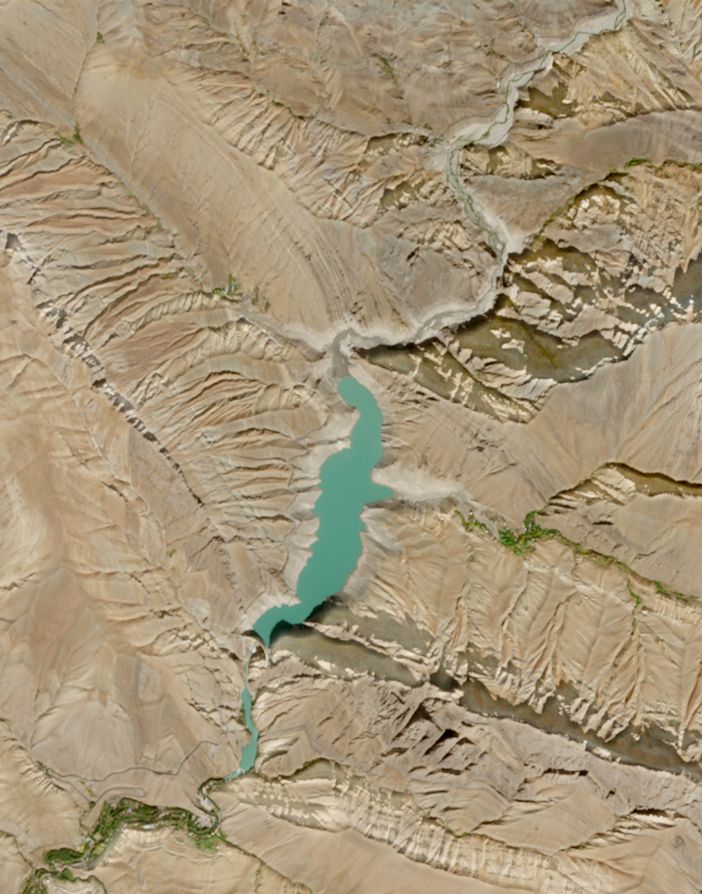
12 / 2025
Water Crisis in Iran – Lessons to be learned
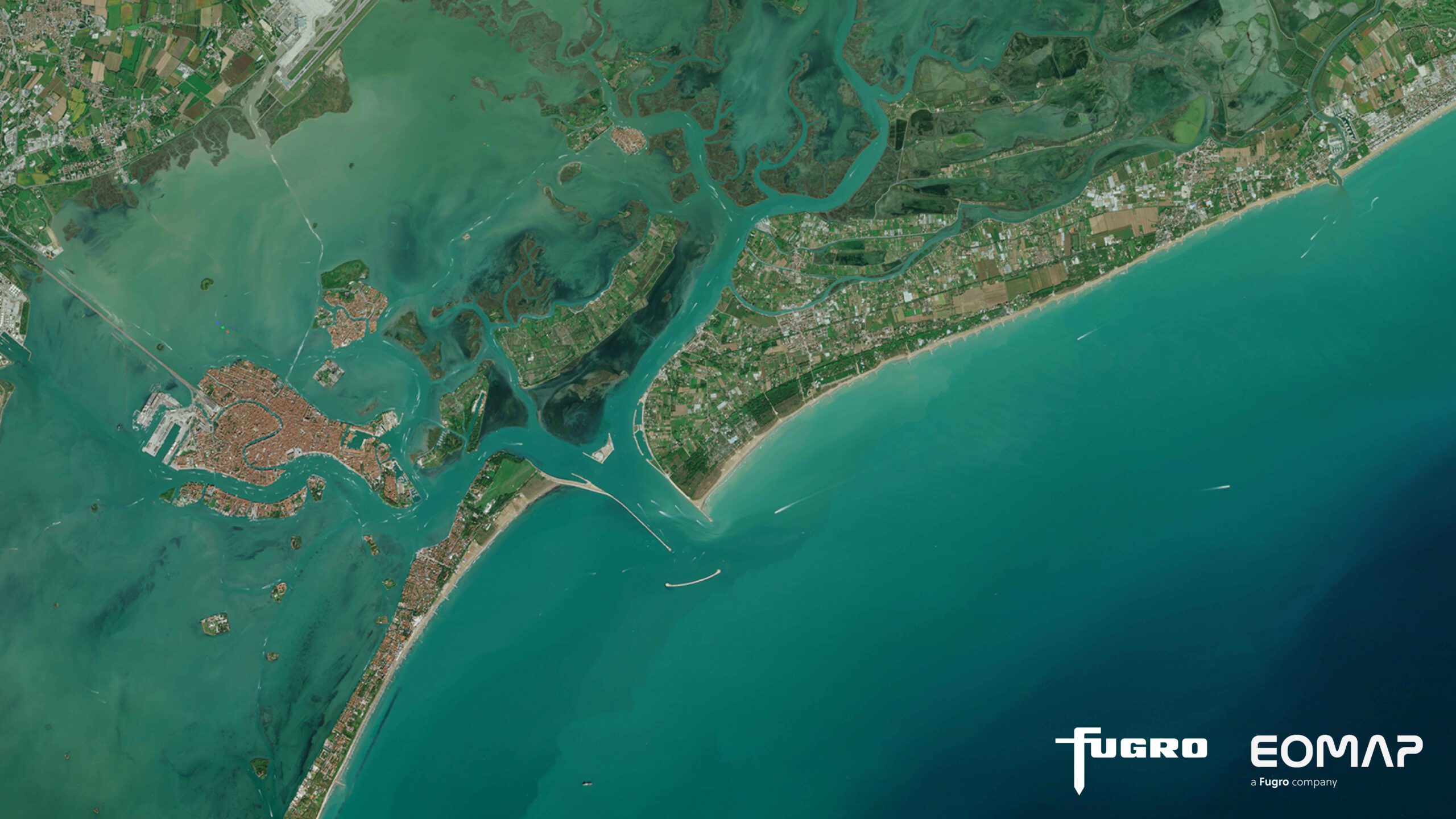
11 / 2025
Italian Webinar: Water Quality Monitoring from Space
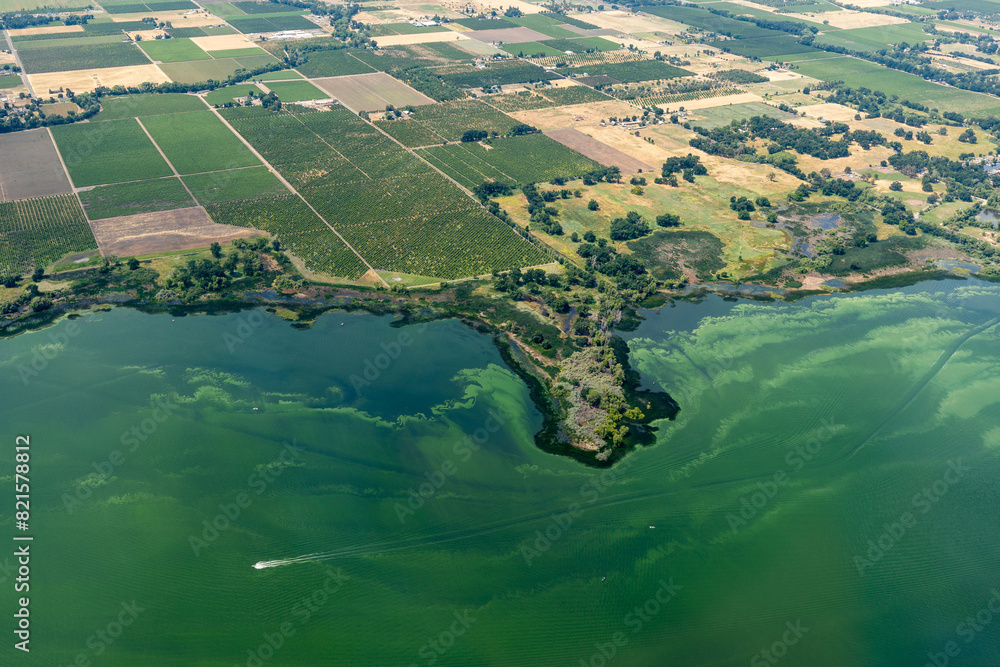
10 / 2025
New Storymap: Bathing Water Monitoring from Space
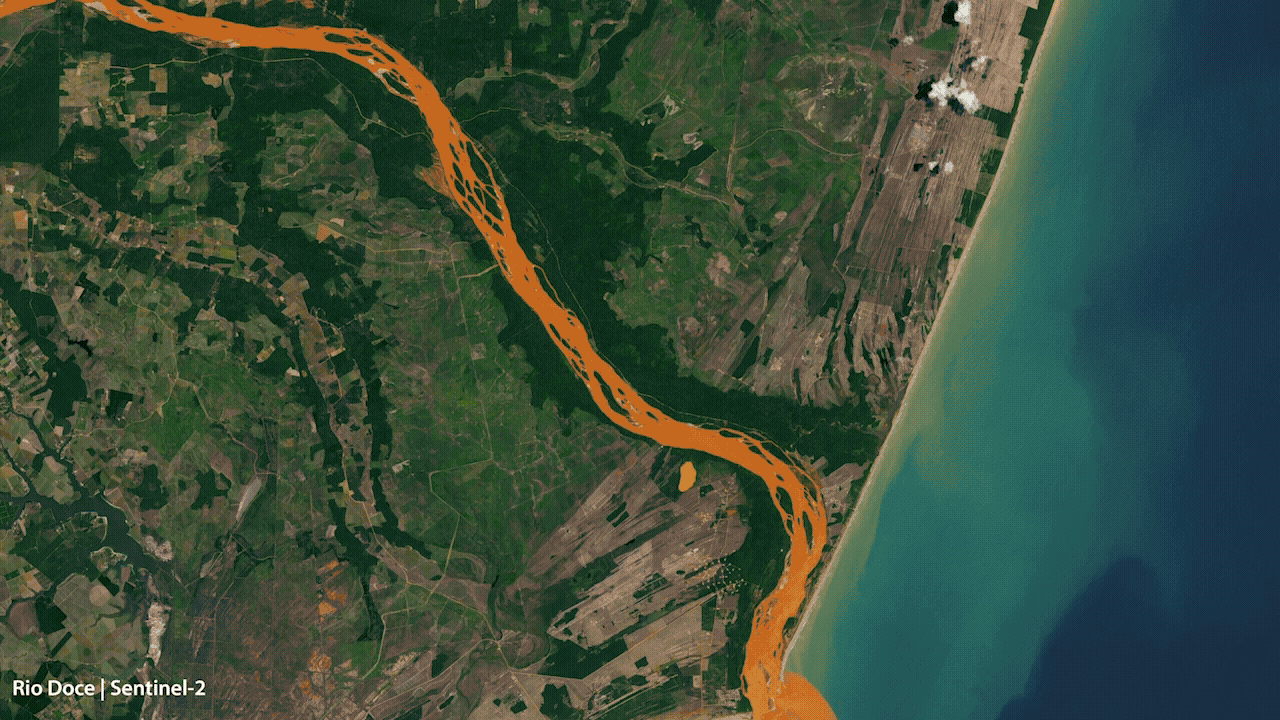
09 / 2025
World Rivers Day 2025 – Using Satellite Data to Monitor Water Quality and River Health
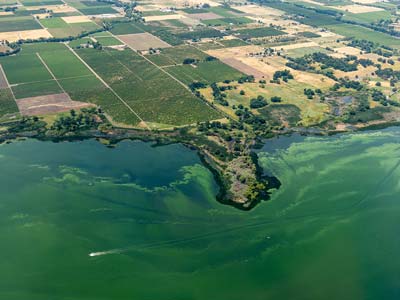
08 / 2025
Cyanobacteria on the rise – algal blooms in bathing waters
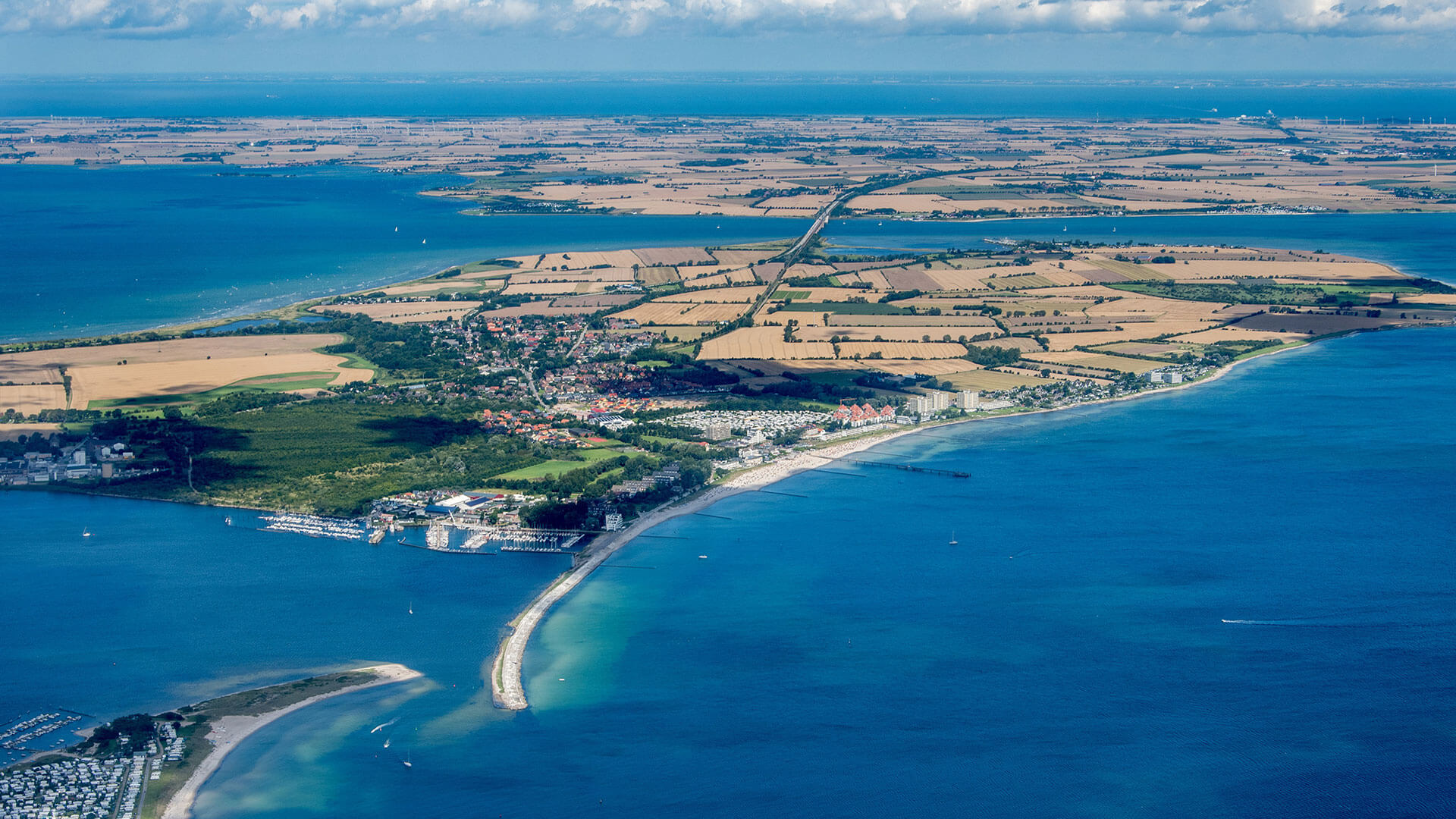
05 / 2025
Planet contract: Supporting Germany’s water monitoring

03 / 2025
German Innovation Prize 2025 – EOMAP listed among top 3

03 / 2025
Deutscher Innovationspreis 2025 – EOMAP unter den top 3
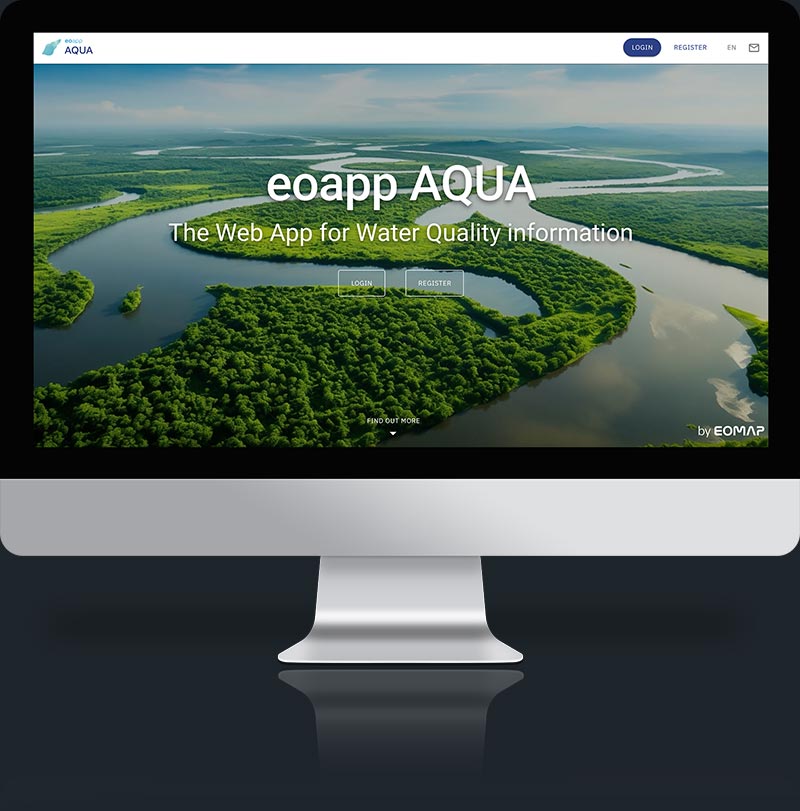
01 / 2025
Update der eoapp AQUA
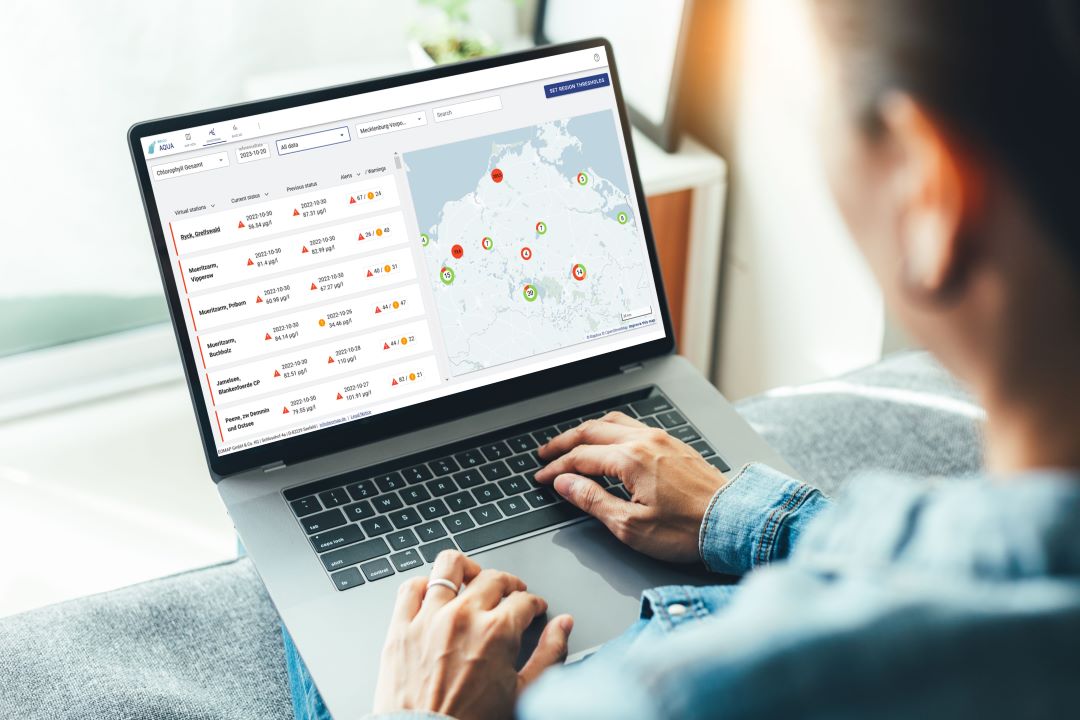
01 / 2025


